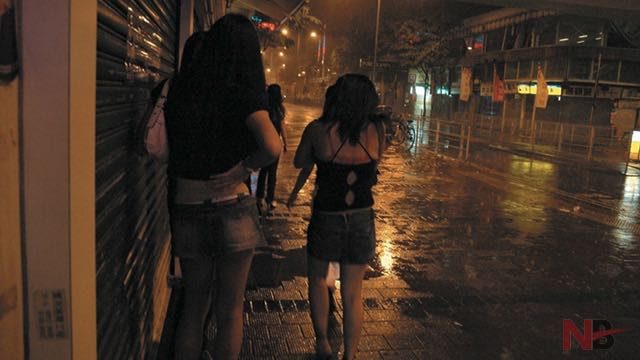SUMMARY
This is AI generated summarization, which may have errors. For context, always refer to the full article.

MANILA, Philippines – Even in the year 2016, slavery continues to take modern forms.
A new report by the International Labor Organization (ILO), together with the Walk Free Foundation and the International Organization for Migration, found that there are some 40 million victims of modern slavery.
More than half or 25 million of them are engaged in forced labor while around 15 million are coerced into arranged marriages.
The study defined forced labor as working under threat, especially in the fields of domestic labor, farms and fishing boats, scrupulous factories and sex industry. Meanwhile, forced marriage is the situation where individuals “lose their sexual autonomy” while getting work in the “guise of marriage”.
Ending forced labor, modern slavery and human trafficking is goal number 8.7 of the United Nations Sustainable Development Goals (SDGs), the agenda member-states committed to achieve by the year 2030.
Addressing this global phenomenon also leads to the fulfillment of eliminating all forms of violence against women (SDG 5.2), eradicating forced marriage and female genital mutilations (SDG 5.3), ending abuse and trafficking of children (SDG 16.2), and safe migration and mobility (SDG 10.7).
Most vulnerable
The latest figure only accounts for 5.4 for every thousand people in 2016. But what should ring the alarm bells for leaders and policymakers is its prevalence among the most vulnerable.
Seven in 10 victims are women and girls, while 25% are children. (READ: 152 million children worldwide still engaged in labor – ILO)
These sectors also make up the majority of the victims in the commercial sex industry and forced marriage.
Nearly all of the sex workers are female, while 84% of those involved in forced marriages are also women.
One million children are pushed into the commercial sex industry while 44% of forced marriage victims are as young as 15 years old at the time of the ceremony.
In terms of distribution according to nature of slavery, domestic work takes the largest share at 24%. This was followed by the construction industry at 18%, manufacturing at 15%, and the agricultural sector at 11%.
“Most victims of forced labor suffered multiple forms of coercion from employers or recruiters as a way of preventing them from being able to leave the situation,” the report noted.
The most common form of abuse is by withholding the workers’ wages. Other forms of violence that victims experienced were threats against leaving work, threats of physical violence, actual physical violence, and threats against family.
Philippine setting
Even if the highest prevalence of modern slavery is in Africa, Filipino workers are very much vulnerable to it due to the large number of Filipino migrant workers, composed significantly of domestic workers.
There are more than two million overeas Filipino workers (OFWs) recorded in 2016 with reports of abuse happening regularly. (READ: Debt bondage: The scourge of OFWs)
The ILO had previously estimated that there are around “half a million prostitutes” in the country, with 60,000 to 100,000 of them children. Ending human trafficking continues to be a challenge for the Philippines despite meeting the Unites States’ standards against it for two consecutive years.
The large incidence of informal work – 15.6% or 38 million of the total working population – also poses threats of work-related abuses.
To combat these, the study urged governments to provide stronger “social protection floors” to prevent workers from modern slavery.
“Extending labor rights in the informal economy where modern slavery is most likely to occur is needed to protect workers from exploitation. Given that a large share of modern slavery can be traced to migration, improved migration governance is vitally important to preventing forced labor and protecting victims,” the study said. – Rappler.com
Add a comment
How does this make you feel?
There are no comments yet. Add your comment to start the conversation.